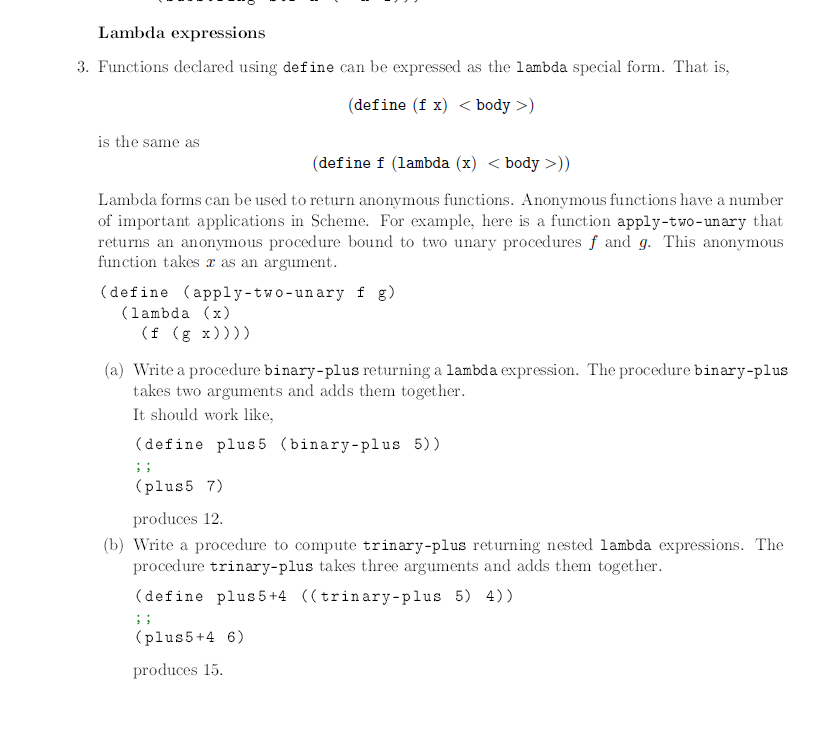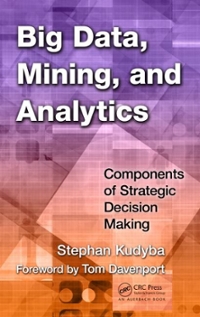Answered step by step
Verified Expert Solution
Question
1 Approved Answer
What kind of information is needed you can specify ??? SCHEME LANGUAGE Lambda expressions 3. Functions declared using define can be expressed as the lambda
What kind of information is needed you can specify ???
SCHEME LANGUAGE 
Step by Step Solution
There are 3 Steps involved in it
Step: 1

Get Instant Access to Expert-Tailored Solutions
See step-by-step solutions with expert insights and AI powered tools for academic success
Step: 2

Step: 3

Ace Your Homework with AI
Get the answers you need in no time with our AI-driven, step-by-step assistance
Get Started


